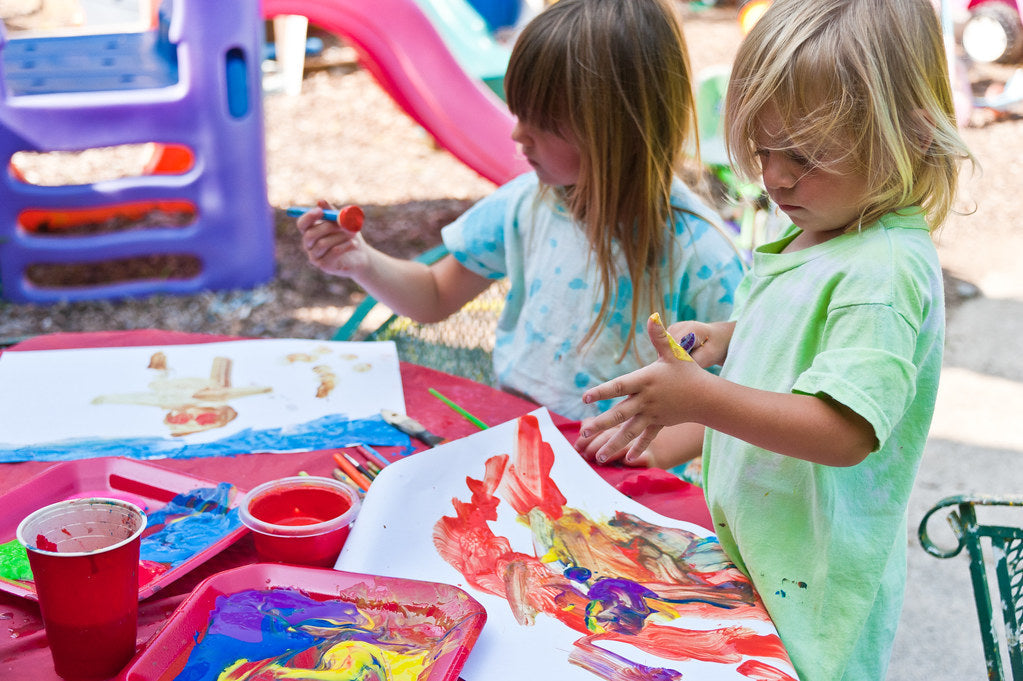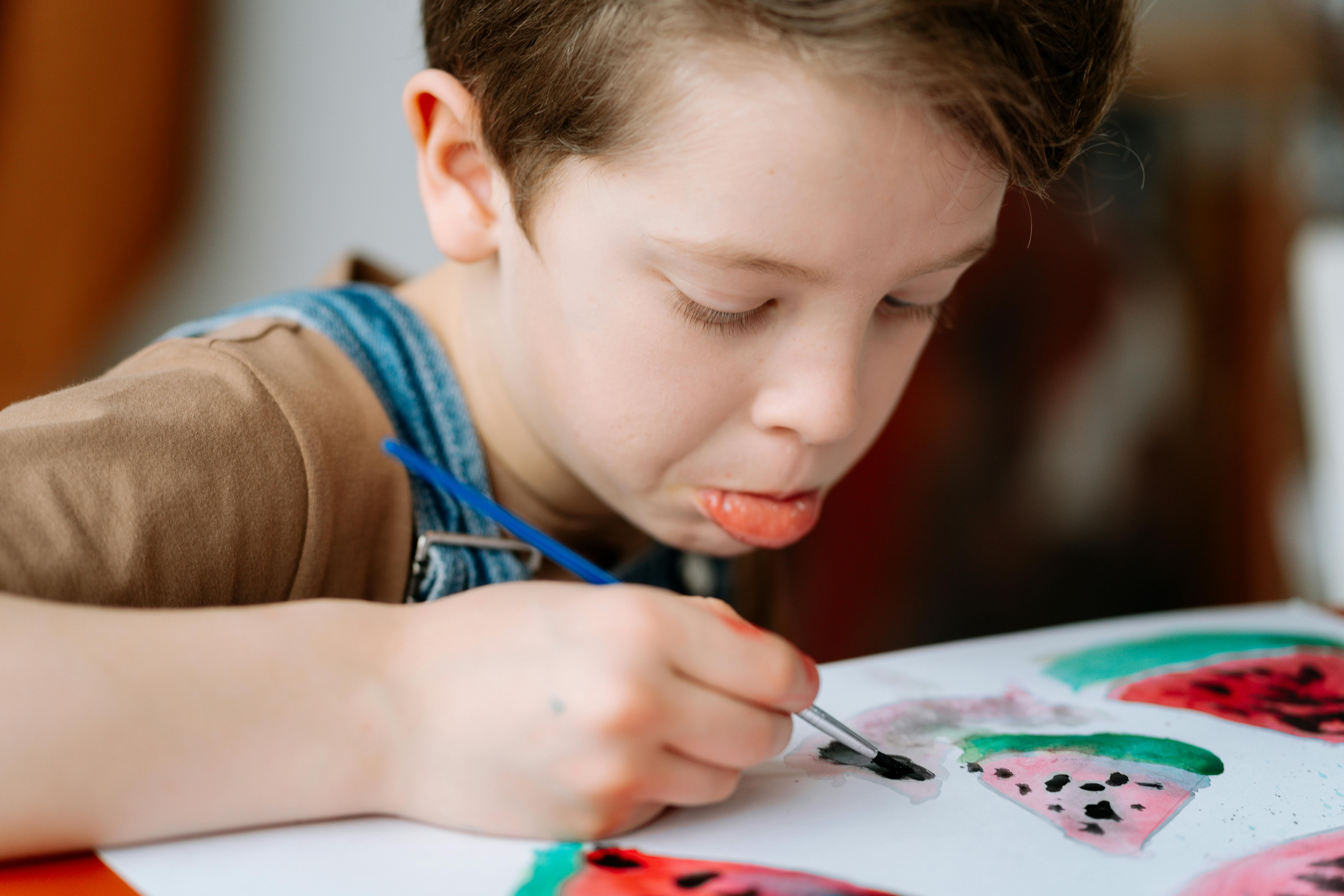
Cultivating Visual Literacy – a 21st Century Skill
September 24, 2019
By Beth Herrild
Our kids are bombarded with images every day – still and moving images! Art, books, social media, websites, video games, films, signs, billboards and more. Visual literacy is a necessary 21st century skill. The word literacy is typically connected to reading and writing, but in our image heavy world today it is more important than ever to give our children (& ourselves) the skills to make meaning out of these images and to use images to convey their own thoughts, feeling, and ideas. The National Art Education Association says, “The arts make vivid the fact that neither words in their literal form, or numbers exhaust what we can know. The limits of our language do not define the limits of our cognition.” This goes beyond the saying “a picture’s worth a thousand words,” to infer that images can convey thoughts, ideas, and feelings beyond what we even have words for!
Just like literacy in reading and writing, visual literacy education is a long process, but there are a few simple questions you can ask your kids on a regular basis that will go a long way. Before you begin, remember that there are no wrong answers here. Be careful not to correct your child since that will inhibit his further growth in developing skills for making meaning from images!
When your child is looking at any type of an image ask:
What do you see? Processing this out loud can be really helpful and will give you the opportunity to probe further with statements like: “Say more about that” or “What else?” If you were looking at Andrew Wyeth’s famous painting, Christina’s World, your child might first say, “I see a woman sitting in a field.” But then as you probe more, he might notice how far away Christina is from the farm buildings. He might notice the subdued color pallet which conveys a somber feeling. Another way to get your child to talk more is to start sentences with “I wonder….” You might say, “I wonder what the woman in the painting is thinking/feeling?” or “I wonder why she is sitting on the ground all by herself so far from the farm?” Then just stay quiet and let your child talk, even if there is some uncomfortable silence. By the way, did you know that Anna Christina Olson, the subject of the painting, had a degenerative muscle condition that made her legs paralyzed by the time she was thirty years old?

Wyeth, Andrew
What else does this make you think of? This can be another image, a memory, a song, a book, a feeling, whatever comes up in your child’s mind! If you look at Banksy’s famous street art image below, your child might say something like “That reminds me of when Grandpa told me to smile but I was sad.” Then you can further explore how it feels to have someone tell you to smile when the smile doesn’t reflect how you feel on the inside.
Why should we care? or Why is this important? You’re asking your child to start exploring the meaning and/or significance of the image. Let’s take the FedEx logo for example. On the surface you might say that the only significance is for the company to have a compelling image to convey its name, but if you look more closely, you may notice that the negative space between the E and the X creates an arrow which conveys, without words, that the company is moving forward/forward thinking. Some people may interpret it as the company delivering things quickly. Hidden images are not uncommon in logos.

Extra credit question if you are looking at art; “What do you think the artist was trying to say with this image? If your child is younger, this question may not have a lot of value beyond what you have already discussed, but if your child is a middle schooler or beyond, he can begin thinking more abstractly and this question would allow you to discuss the time period the artist lives/lived in as well as the artists circumstances. This is a great way to help your child think more comprehensively about images!

All of our kids’ boxes come with picture books to introduce the lesson and inspire creativity. We choose the books because they relate in some way to the lesson. The illustrations play a huge role. If you subscribe to our Kids’ Boxes, these questions can greatly enrich the experience of reading the enclosed picture book together, (reading any picture book together) – whether it has actual words or not! Remember, visual literacy is a necessary 21st century skill for our kids!

